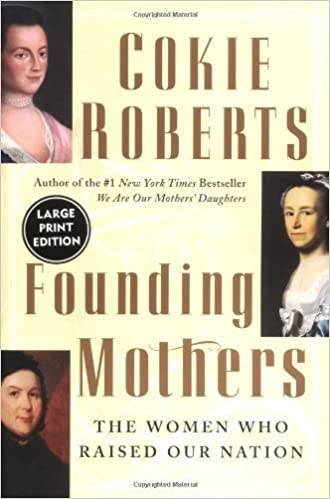


Indeed, professors looking for a book to assign classes studying American history from 1920 to 1950 should seriously consider Freedom's Furies. Sandefur describes the historical context well, with particular attention to the authoritarian side of President Franklin Roosevelt's administration. The New Deal and World War II had a tremendous influence on the three thinkers. All three, he writes, appreciated how Lewis' books "expressed the way modern mass culture penalized originality and integrity, and rewarded obedience and cravenness." Each joined Lewis in rejecting conformity, but they resisted his dismissal of all bourgeois virtue-and Rand also rejected his pessimism. Sandefur, the vice president for legal affairs at the Goldwater Institute, begins with the trio's literary influences, particularly the novelist Sinclair Lewis. All three women offered their own unique defenses of individual liberty, and their disagreements anticipated the differences among libertarians and classical liberals today. Although these three furies have long been identified as the founders of modern American libertarianism, Sandefur treads new ground by exploring their relationships with each other and by tracing the evolution of their thought. With Freedom's Furies, Timothy Sandefur shows how Isabel Paterson, Rose Wilder Lane, and Ayn Rand defended individualism and free markets while America was in the grips of Depression and war. Freedom's Furies: How Isabel Paterson, Rose Wilder Lane, and Ayn Rand Found Liberty in an Age of Darkness, by Timothy Sandefur, Cato Institute, 500 pages, $19.95


 0 kommentar(er)
0 kommentar(er)
